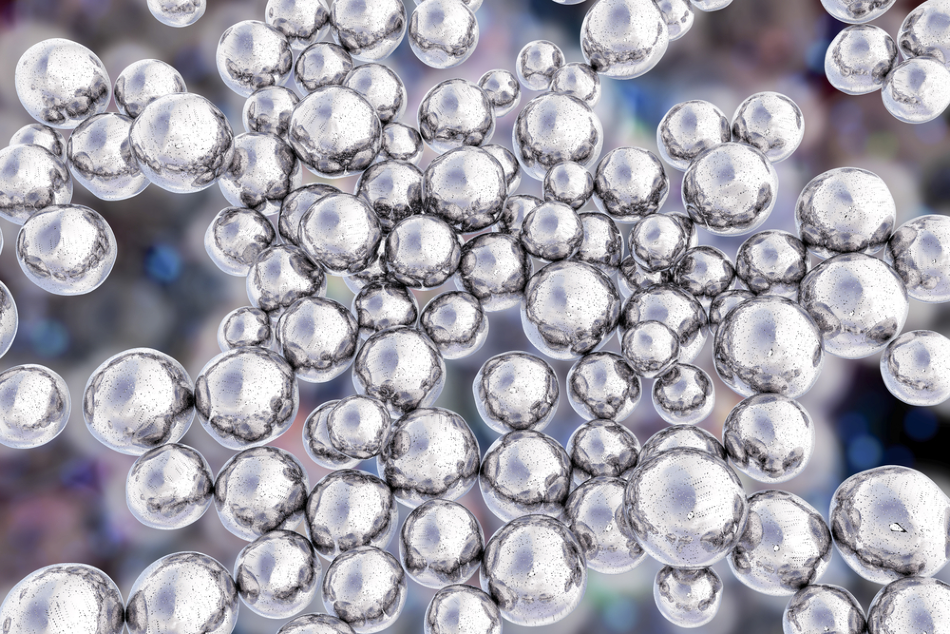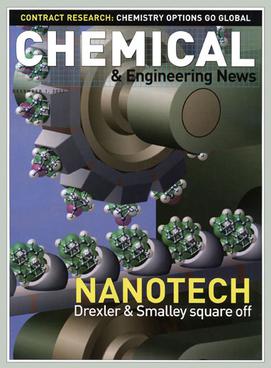Week 8: Nanotech + Art
Nanotechnology is one of the areas in science/tech that seems too advanced to be true which is why I find it incredibly fascinating. I remember my shock and excitement upon hearing that the futuristic nanotechnologies we see in movies or TV aren’t that far from becoming reality. This week's lectures by Dr. Gimzewski helped me better grasp the concept behind this technology.
One example of nanotech mentioned in the lectures was the use of nanoparticles as antimicrobial agents in commercially-sold products such as sportswear, socks, etc. According to Dr. Gimzewski, these nanoparticles actually ‘go into’ the bacteria and ‘destroy them’, minimizing smell and build up of said bacteria. These nanoparticles are known as silver nanoparticles or AgNPs and are multifunctional, having antifungal, antiviral, anti-inflammatory, anti-angiogenic, and anti-cancer properties (Zhang et al.).
 |
| Silver Nanoparticles |
Despite the almost miraculous nature of these nanoparticles, several studies have found that they may pose potential hazards. One concern is that the extensive usage of AgNPs will likely lead to the release of these particles into the environment, which could be a risk for humans and ecosystems alike (Mao et al.). Although this technology can be very advantageous, it’s important for us to heed these concerns as we progress further because the environment should be at the forefront of our advancement.
Another concept that was mentioned in this week's lectures also intrigued me -- The Assembler Concept by the Foresight Organization. The basic premise of this concept is to create any "ordered state" from a "disordered state" (Crampton). Dr. Gimzewski described the apparatus as microwave-like in which you could “put dirt in it and essentially reassemble the atoms into a hamburger” (Gimzewski). This reminded me a lot of my midterm proposal, using nanoparticles to restructure consumed food as a dietary mechanism.
 |
| Assembler concept image featured on this cover of Chemical & Engineering News |
References:
Crampton, Patrick et al. “Defining Nanotechnology.” Foresight Institute, 1 June 2017, https://foresight.org/defining_nanotechnology/.
Gimzewski, James, and Victoria Vesna. “Nanotech Jim PT1.” YouTube, YouTube, 21 May 2012, https://www.youtube.com/watch?v=q7jM6-iqzzE.
Gimzewski, James, and Victoria Vesna. “Nanotech Jim PT3.” YouTube, YouTube, 21 May 2012, https://www.youtube.com/watch?v=X0HCNiU_108.
Kon, Kateryna. “Silver Nanoparticles.” Shutterstock, https://www.shutterstock.com/g/KaterynaKon.
Lu, Katie. “Nanotechnology: What We Can't See Is Destroying Our World” YouTube, TedxTalks, 2 June 2019, https://www.youtube.com/watch?v=Pj21n6mFwFY.
Mao, BH et al. “Silver nanoparticles have lethal and sublethal adverse effects on development and longevity by inducing ROS-mediated stress responses.” Sci Rep 8, 2445 (2018). https://doi.org/10.1038/s41598-018-20728-z
“Nanotech - Drexler and Smalley Square Off.” C&EN: Cover Story - Nanotechnology, 1 Dec. 2003, http://pubsapp.acs.org/cen/coverstory/8148/8148counterpoint.html.
Zhang, Xi-Feng et al. “Silver Nanoparticles: Synthesis, Characterization, Properties, Applications, and Therapeutic Approaches.” International journal of molecular sciences vol. 17,9 1534. 13 Sep. 2016, doi:10.3390/ijms17091534

It really is crazy that this technology has so much more for us to discover. It seems that film and media has barely scratched the surface of what is actually possible! Nanoparticles could absolutely revolutionize health care and hopefully allow us to provide people with much more affordable and sustainable services and medical practices.
ReplyDeleteSince the media has already highlighted the use and aren't that far from reality, it seems as though the possibilities are endless! That being said, it is important to manage the amount of waste caused by these particles, and the potential waste that would be in anything consumed related to the use of the nanoparticles.
ReplyDeleteI really find it interesting how nanoparticles besides being fantastic materials for technological creations and imaginative artworks, it can pose potential hazards to our ecosystem. However, as you mentioned, they have incredible benefits to our health and environment. For example, antifungal, antiviral, anti-inflammatory, anti-angiogenic, and anti-cancer properties.
ReplyDelete